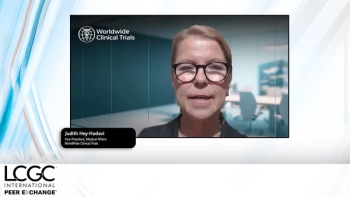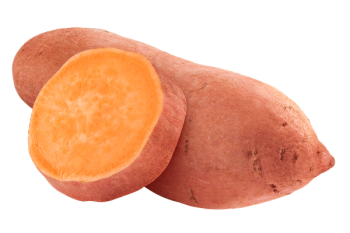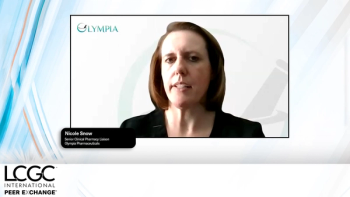
Chang Gung University, Taiwan, Joins Waters Centers of Innovation Program
The Taipei’s Chang Gung University (CGU) Healthy Aging Research Center has joined the Waters Centers of Innovation (COI) Program as a partner, making it the first in Taiwan to do so.
The Taipei’s Chang Gung University (CGU) Healthy Aging Research Center has joined the Waters Centers of Innovation (COI) Program as a partner, making it the first in Taiwan to do so.
Led by Dr. Daniel Tsun-Yee Chiu, Dean of Research & Development, and director of CGU’s Healthy Aging Research Center, the Center focuses on investigating the mechanisms of disease, particularly in the elderly. Chiu has a special interest in the effects of oxidative stress on cellular function and establishing reference laboratories to assess oxidative stress and antioxidant capacity in health and in diseases. He is currently the president of the Society of Free Radical Research-Asia and he has published over 140 scientific articles in this area.
Dr. Chiu said: “We are truly honoured to become Waters Corporation’s COI partner in Taiwan. I am confident that the research conducted with the assistance of Waters’ technology will lead to breakthroughs that will greatly advance the study of various degenerative diseases and their impact on human health. I would like to once more extend our thanks to Waters for their recognition of our research.”
Attending the ceremony was Dean Yu, General Manager of Waters Taiwan, who extended his congratulations on behalf of Waters to Dr. Chiu and his team. Yu said: “Dr. Chiu and his colleague, Professor Ming-Shi Shiao, have been advocates, technical advisors, and pioneers in the field of metabolomics, metabolite I.D. and profiling in Taiwan for many years. Their considerable influence within CGU, as well as other major Taiwanese and international institutes, is well deserved. On behalf of all Waters employees, we are excited that Chiu’s team is now a Waters COI partner."
Newsletter
Join the global community of analytical scientists who trust LCGC for insights on the latest techniques, trends, and expert solutions in chromatography.





